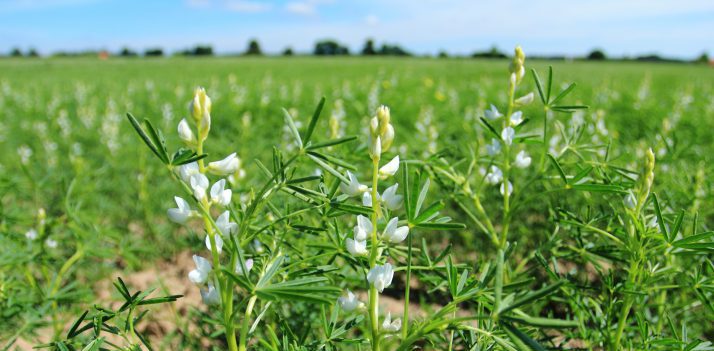WA looks to be on track for record-breaking harvest if current weather conditions across much of the grainbelt continue.
First crop production estimates were recently released by the Grain Industry Association of Western Australia (GIWA) for 2018 – WA is predicted to produce more than 15.5 million tonnes of grain and 9.9mt of wheat.
This would leave Western Australia accounting for almost half of the total national wheat crop as the Eastern States continue to go through a severe drought.
James Maxwell, Australian Crop Forecasters analyst, had this to say:
“The big drop has obviously come in Queensland and New South Wales – in Queensland we’ve only got half a million tonnes while New South Wales is at 3.4mt and that has potential to drop further. WA is looking very close, if not more than half of the wheat crop at the moment.”
WA looks set to also have solid seasons with barley and canola – the only state headed for an above-average season.
Steady rain and high commodity prices have set up WA for a successful year but GIWA report author Michael Lamond warns that frost and heat stress could impact how the season played out.
“The growing season for the majority of the State has been near perfect so fat with crops ahead of where they would normally be with a late May break to the season.” Mr Lamond said.
He continues:
“The only downside to this may be the susceptibility to heat stress if crops are exposed to sudden hot weather… The frost risk to crops is generally considered to be less than it was in 2016 – even though crops have moved along quickly this year, they are still behind in growth stage to date from where they were in 2016.”
Kwinana leading the way
In terms of production, Kwinana is predicted to produce more than 8.1mt of grain this season – a quarter of the national wheat crop.
GIWA report that Kwinana crop growth was exceptional even with late May break – cereals being the standout crop.
Most of the zone has benefited from steady rainfall and warm temperatures. Although some areas are suffering from sclerotinia in canola and waterlogged paddocks, most areas are on track for an above-average season.

Source: Farm Weekly
Mr Lamond spoke about low crop growth areas:
“The very poor area of crop growth are now confined to the eastern portions of the (Southern Albany) zone”.
The Esperance zone has experienced a change of gears compared to previous record-breaking seasons and was “shaping up for just an average year”.
Overall, “Most growers are now confident close to average yields will be achieved if the season does not cut out early.

